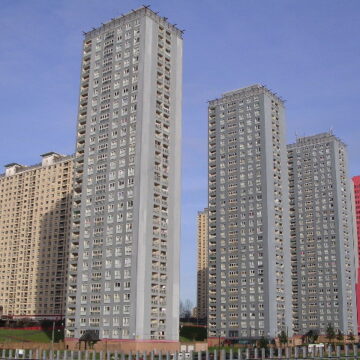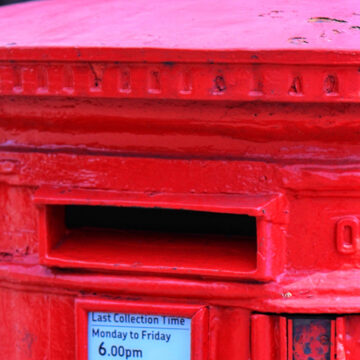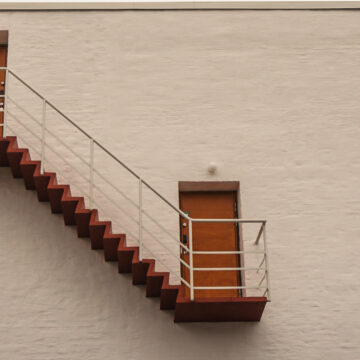
If there are cracks in the walls, floors or ceilings of your flat, it might be because of:
Cracks can also be a fire safety issue. Flats should be completely sealed from one another. This is called ‘compartmentation’ or ‘fire separation’ and is one of the ways that fire is prevented from spreading from flat to flat within tower blocks.
Air from your neighbour’s flat should never be able to flow into your flat internally. If this separation is broken (eg by cracks), it can pose a serious fire risk.
If there are cracks in your flat, large or small, you should get them assessed by a professional. See below.
The relevant law is the Landlord and Tenant Act 1985, section 11, which states that your landlord is responsible for keeping the exterior and structure of your flat in good repair (although, the way the law is written means that if the cracks are caused by the design of the building, rather than by disrepair, this will not apply).
If the cracks are making your home unfit for human habitation, in England the rights set out in the Homes (Fitness for Human Habitation) Act 2018 might also apply, and in Scotland, the equivalent is schedule 4 of the Housing (Scotland) Act 2001.
Finally, the responsible person must also, thanks to the Regulatory Reform (Fire Safety) Order 2005 (or the Fire (Scotland) Act 2005 if you’re north of the border) minimise the risk of fire in your building. Have a look at our Fire Risk Assessment page for more information.
Your first step should be to contact your landlord and ask them to view the cracks.
Not sure what to say? Use our template letter.
If your landlord takes no action, and you are still concerned, you might try one of the following:
Not sure what to say? Use our template letter.
In England, the Homes (Fitness for Human Habitation) Act 2018 amended the law which was already set out in the Landlord and Tenant Act 1985, so you might need to look at section 9A to 10 of the 1985 Act for the basic detail that underlies the current rules.
If disrepair is making your home hazardous (likely to cause an accident), it is worth knowing that under the Housing Act 2004 (section 3(1)) the local housing authority must keep all housing conditions in their area under review.
This is to identify any action that they may need to take on hazardous deficiencies under the Housing Health and Safety Rating System (HHSRS) guidance.
This applies to all housing, including the housing authority’s own property. If the lack of repair (or any other issue) is making your home hazardous, you could ask Environmental Health to assess your home, and they have the power in some circumstances to take enforcement action.
If your landlord is the council/local authority, Environmental Health can’t take enforcement action against them, but they still have a duty to assess housing conditions in their area and their assessment might make it possible for you to take action under the provisions in the Homes (Fitness for Human Habitation) Act.
If your landlord is not the local authority, Environmental Health could force them to act to remedy the problem. There is more information about this on the Citizens’ Advice Bureau website here, and there is an example letter here.
In Scotland, social landlords (including local authorities and housing associations) have repairing duties under schedule 4 of the Housing (Scotland) Act 2001. The first of these duties is to ensure that the house is, at the commencement of the tenancy, wind and watertight, and “in all respects reasonably fit for human habitation” and to keep the house in that condition throughout the tenancy. See more about landlords’ obligations in Scotland here.
Cracks in the System is a short film about the Ledbury Estate, where residents had been living with sizeable cracks in their walls, and organised to get something done.
It’s definitely worth a watch!


Guide


Tools you can use


Tools you can use


Tools you can use


Tools you can use


Tools you can use


Guide